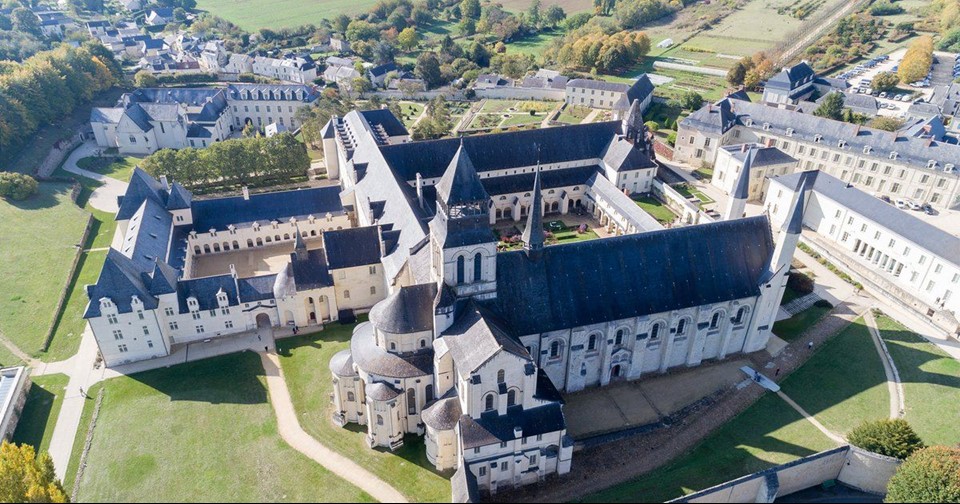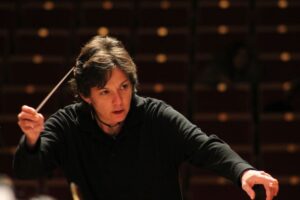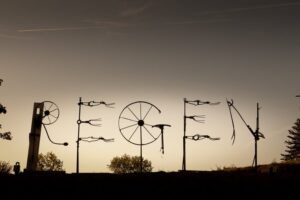
Hamish Marett-Crosby looks at wine regions and discovering there is much more to be found there than vineyards. Indeed, they are as much fun travelling to, as they are buying wine from. Having visited the ancient, fortified town of Chinon he came away convinced that only the most boring of us would go there and see only the vineyards.
In the history of the long and troubled relationship between England and France during the Middle Ages – or to be more precise, between the ruling families of England and France – there is one area which, to those with a sense of the past and with a vague appreciation of mediaeval history, acts as a springboard of recollection of history lessons and historical romances of one’s youth.
The fact that it is also the home of one of the most prestigious of Loire red wines and within easy reach of the new breed of white Sauvignon Blanc of Touraine is a bonus. The final factor in this equation of satisfaction is that all this is less than half a day’s drive from St Malo.
To stand on the battlements of the Château at Chinon, for that is the starting point of this recollection of a wine region, is to gain not only a once-seen-never-forgotten panorama of a river valley, not only an immediate understanding of mediaeval military and strategic architecture, but also to understand the essence of why people talk about the two types of red wine from this town. There is Chinon, the wines from the valley – as laid out on the banks of the Vienne hundreds of feet below and, looking round, climbing up the hills, are the wines of the Côtes.
To stand here is also to receive an object lesson in the point of having a castle. To hear those whingeing as they trudge up to the hill complaining about the walk, is to hear people missing the point. Castles are for keeping people out, so the essential element of any castle was to make it difficult to get to; that way you stamp your control on an area Thus the occupier of Chinon controlled the whole valley and with it the trade route to the highway that was the Loire, only a few miles downstream.
Small wonder then that the control of the Château at Chinon was crucial in the dynastic wars of the Middle Ages. It was used as a base and Royal residence by Henry ll (Plantagenet) of England. It then became a royal castle for the French Crown, and it was here that Joan of Arc convinced the Dauphin to let her lead an army to raise the siege of Orleans. Not only has the château at Chinon witnessed some of the crucial moments of European history, but the close proximity of the Royal Abbey of Fontevraud gives added value to the visitors’ impression of this region being a crucible of history.
In the convent of Fontevraud the daughters of the highest in the land built up, over the years an institution that became one of the power bases of the French crown for over 500 years.

Château de Chinon is also a place of historical pilgrimage to many French because of the Joan of Arc connection – it was here in what is now named the salon de reconnaissance that this young country girl was able to recognise the Dauphin disguised as an ‘ordinary’ courtier and so convince him that she was truly divinely inspired. The clock tower in the château complex is given over to telling her story – and a great story it is – unfortunately my recollection is that it was told clumsily. We have now become much too sophisticated for such a display of maps, arrows and 1950s school room displays, for Joan of Arc was an extraordinary woman and she deserves to have her story told better. It was some time ago that I last attended this story-telling, maybe it is now much improved.
All this of course is but a backdrop to the red wines of Chinon – here the Cabernet Franc produces a wine which, over the past twenty years or so, has gradually developed through greater understanding of vinification from a robust, powerful and tannic creation – but one also considered and bit of a hit or miss affair – into a consistent wine which ages well and develops a supple and rounded taste that has drawn admirers for across the globe. The Cabernet Franc matures earlier and is a hardier plant than the sun loving Cabernet Sauvignon and so it is favoured this far north where the weather simply cannot be guaranteed. Vintages remain very important but not the be-all and end-all that they once used to be.
According to local grower Marc Plouzeau, the valley and the hills define the two types of Chinon wines. ‘Near the river we make an easy drinking wine and from the slopes a stronger version with lovely tannins which certainly benefits for a few years of ageing. Chinon from the valley is lighter, very fruity and can be served cellar cool, whereas the hillside wine is more robust and complex,’ he explained. ‘It is strong but elegant with an excellent fruit/tannin balance – a serious wine to be served with serious food. The one common element with all red Chinon wines is the aroma of violets, strong in the young almost purple wines, and subtly in the background with the more mature varieties.’
Of course, the wines of Chinon are more complex that that, some from the valley are made with a greater extraction of flavours from the grape producing big robust wines and, of course, growers with holdings over both areas often blend between the two. Whatever the experts say, there is, for the amateur, one simple bit of advice; have this wine with a lamb dish, the two are a match made in some gastronomic paradise.
Having passed through the vineyards, Marc crossed back over the river into the little streets of the old town. We shot round a corner, on went the car headlights and he drove straight into a tunnel in the cliff face below the battlements of the castle. He parked his car in the old mediaeval quarry where the great vents or chimneys – up which the blocks of stone to build the castle would have been hauled – are still visible. Now these vast caves are used as cellars to age the red wines of Chinon, wines that have been produced around this town for 1000 years. Strolling through the tunnels listening to your footsteps and hearing your conversation echo away into the darkness, you gain a new understanding of what is meant by the phrase ‘historical continuity’.





